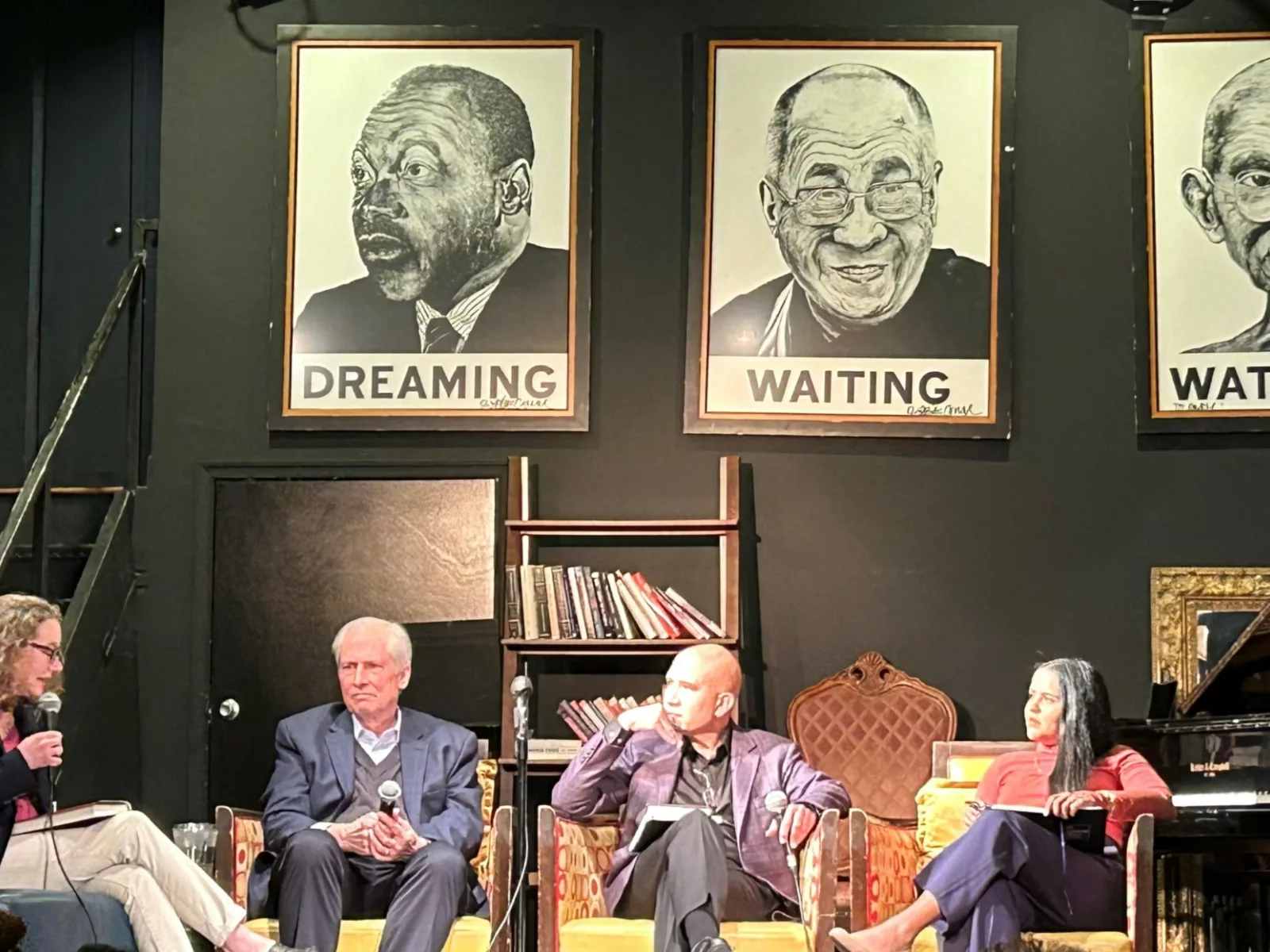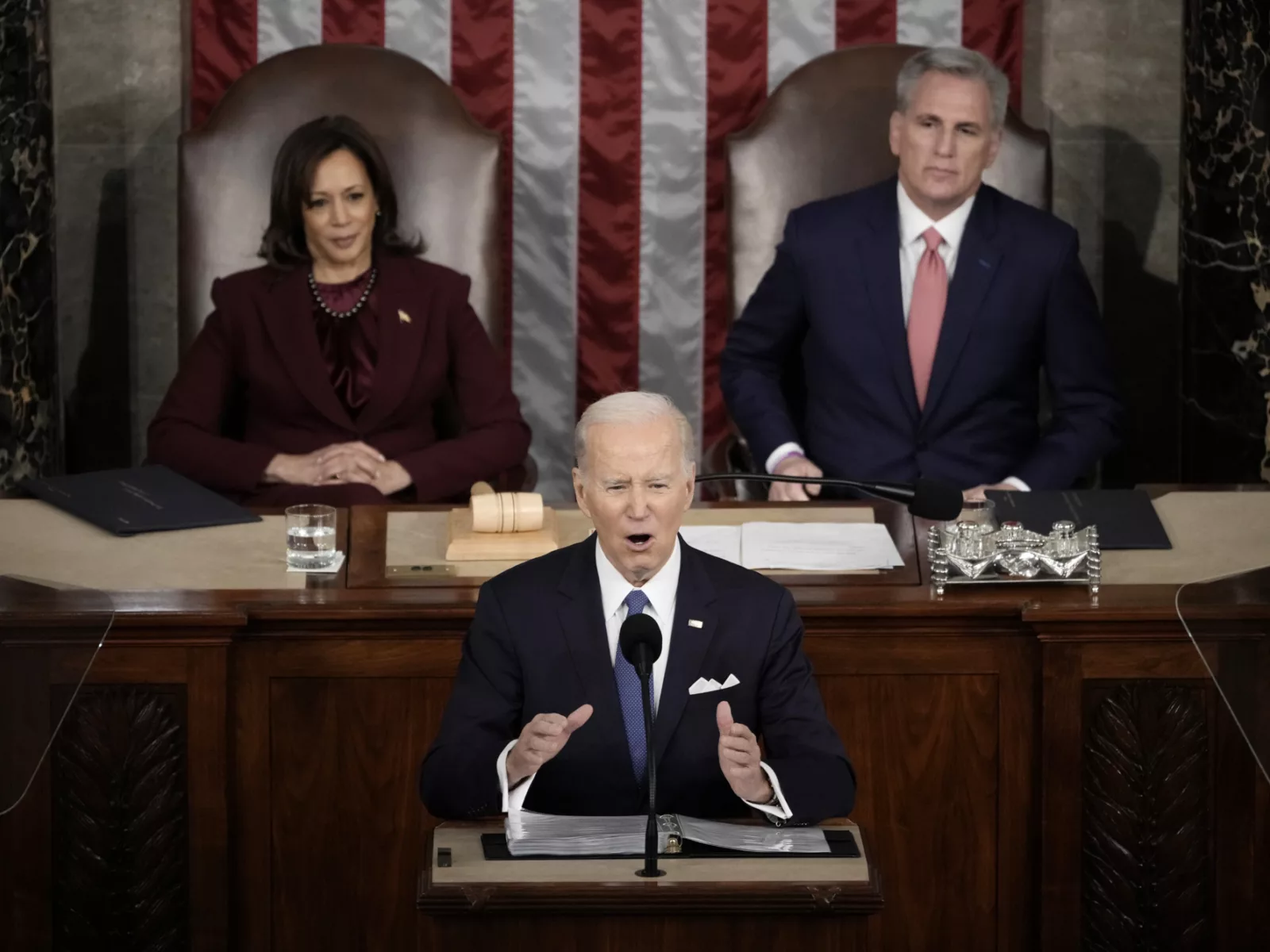A sweeping slate of bipartisan reform bills, the majority introduced in 2020 and 2021, addressed issues such as police use of force, data transparency, civilian oversight, training, and certification measures across the country, according to a new report from the National Council of State Legislatures (NCSL).
Since the murder of George Floyd in May 2020, every state has introduced legislation, with a total of over 4,500 bills considered across the country.
“In the 2020 and 2021 legislative sessions, we saw the floodgates open,” said Walter Katz, vice president of criminal justice at Arnold Ventures. “State legislators realized that they have a role to play in increasing police accountability and building public trust in policing.”
Number of policing reform bills introduced across the country since the death of George Floyd in May 2020.
The emerging trend of enacting legislative reform on policing marks a shift in approach within statehouses. In the past, advocates for better police accountability and best practices have overwhelmingly focused their efforts on making changes at the federal and local levels. But state-level reforms circumvent both the gridlock that often prevents congressional action and the difficulty of trying to shift policing locally — yet at scale — in a country that is home to more than 18,000 law enforcement agencies. NCSL’s findings demonstrate that state law represents a powerful lever to change police practice, even at a moment when backlash and resistance has begun to challenge reform efforts.
NCSL analyzed new policing-related bills introduced from May 2020 through May 2022. The report updates one that NCSL, a nonpartisan membership organization that supports state lawmakers across the country by providing policy research, released one year ago.
“The biggest trend is the expansion of the state role,” said Amber Widgery, principal for the NCSL Criminal and Civil Justice Program.
Two Databases, One Snapshot
To develop the report, the organization created two databases, one tracking statutory policing laws that are already on the books, and a second tracking all new bills introduced on a variety of police accountability topics, such as use of force, oversight, and data collection. “Those two systems allowed us to get a snapshot of the state of state law on policing in 2020,” Widgery said, “and then, as we’ve tracked updates in the legislation database, where the laws are going.”
What they found showed major progress over the two years. The first year saw the introduction of new state-level requirements for training and using body-worn cameras, as well as bans on specific harmful practices, such as chokeholds, and restrictions on no-knock warrants that led to Breonna Taylor’s death in Louisville, Kentucky. The second year saw more broad-ranging structural changes to policing that included new use-of-force standards, data collection requirements, and increased rigor in police officer certification and decertification rules.
In Indiana, for example, the General Assembly passed HB 1006 in 2021, which established mandatory training in de-escalation techniques, prohibited chokeholds, and required agencies to gather employment history before hiring officers. During the 2022 legislative session, it passed SB 294, adding members representing minority-run businesses and nonprofits to the state law enforcement training board. Gov. Eric Holcomb signed both bills into law.
Sen. Michael Crider, Republican of Indiana, is a former director of the Indiana Department of Natural Resources Division of Law Enforcement who provided critical support for both bills. “The most important thing that we do in our profession is to get quality individuals, train them well, and then hold them to a pretty high standard on their performance,” Crider said. “I’ve seen it from a variety of angles professionally, and I realize the importance of making sure that you have an effective disciplinary process, that you’re following that process, that it’s fair but firm, and that your people know where they stand and what to expect.”
Crider explained that Indiana’s new laws meet these needs of the policing profession: “Both are designed to address training standards and ensure that problem employees don’t just move from department to department ahead of disciplinary action.”
Officer Certification, Hiring, and Training
Indiana’s reforms are in keeping with national trends, according to the NCSL report. Many new laws address requirements in police hiring processes. All together, more than 40 states and the District of Columbia have enacted 125 bills related to police officer certification and hiring. A smaller group of states strengthened or created laws that allow for the decertification of an officer after certain misconduct or convictions. At least 11 states now require some degree of public sharing of officer decertification or disciplinary information.
Training standards are also a common issue that new legislation addresses. Since May 2020, at least 39 states and the District of Columbia have enacted 95 new laws covering training topics ranging from use-of-force standards to the duty to intervene in cases of officer misconduct. Meanwhile, 11 states — from Arizona to Colorado, Iowa to West Virginia — enacted legislation related to de-escalation training.
States have continued to expand data collection efforts, a practice that is lacking at the federal level. Since May 2020, for example, 26 states have enacted 46 bills related to data collection and transparency. Seven of those — Arizona, Colorado, Connecticut, Minnesota, Nevada, Washington, and Wisconsin — required public-facing databases for use-of-force information. States have also created data collection systems for internal use. Tennessee required each law enforcement agency, starting in 2022, to establish a reporting system that allows for review and analysis of use-of-force incidents to help agencies identify trends and improve officer training and safety.
Use-of-force standards have been a hot topic in their own right, according to NCSL. At least 25 states and the District of Columbia have enacted legislation since May 2020 limiting the use of neck restraints. Twenty states or more addressed state-level standards for use of force. Of these, nine significantly expanded statutory use-of-force standards, like Colorado, where a law passed in 2020 requires that local agencies report to the state on all use of force by officers that results in death or serious injury, all instances when an officer resigns while under investigation for violating department policy, and all data related to the use of an unannounced entry by an officer.
It’s wrong to say that reform and public safety are in opposition. They actually go hand in hand.Marc Krupanski director of criminal justice focusing on policing at Arnold Ventures
Marc Krupanski, director of criminal justice focusing on policing at Arnold Ventures, said the bills in 2020 and 2021 represent an unprecedented scale of change. “What is encouraging in the NCSL trends report from this year is that progress is still being made,” Krupanski said. “We’re still seeing movement in states.”
“We see bipartisan support for this,” he said. “We see broad stakeholder support from police and communities, and the key is to keep the focus on pragmatic solutions that are evidence-based.”
Beyond bipartisan support, some of the new policing legislation has also been endorsed from what might seem like unlikely quarters: law enforcement organizations and representatives.
“Legislation this year that was focused on law enforcement and public safety had broad bipartisan support,” Widgery noted. She pointed to the example of Colorado, where Sen. John Cooke, a Republican who is the current minority leader and a former sheriff, spearheaded a package of notable law enforcement bills in 2022.
Sen. Crider noted that the atmosphere of cooperation on this issue in his home state of Indiana has to do, in part, with the desire of law enforcement to root out problem officers. “A lot of collaboration has occurred,” he said. “The changes have been supported and driven by organizations like the state Fraternal Order of Police. They want to make sure that officers who cause problems are dealt with quickly and effectively, because they create a real black mark on the profession.”
“Those bills had bipartisan support,” Crider added, “and they pretty much passed unanimously.”
Roadblocks to Reform
That’s not to say that progress has come without conflict. In some cases, reform efforts have been subject to partisan politics, and states have rolled back earlier laws. “Unfortunately, relatively quickly in 2020, the response to the George Floyd protests was highly politicized, and that made the environment more difficult for reform,” Katz said.
At the same time, a 29% rise in homicides during 2020 made lawmakers more cautious about taking actions that could be perceived as undermining police and leading to more crime — despite the absence of any rigorous evidence that connects enhanced police accountability to a rise in crime rates.
Washington is a case in point. A law passed by the state legislature in 2021 that placed limitations on police use-of-force faced fierce backlash from opponents in law enforcement organizations, who argued that it was leading to crime spikes and threatening public safety. The state legislature passed several bills in 2022 that expanded instances when officers could use force.
Despite a sometimes contentious atmosphere, the NCSL report shows continued momentum for state police reforms in 2022.
Crider, for his part, intends to advance a bill this session that outlines implementation of the new federal 988 system, which provides an emergency phone number to call in cases of mental health crisis. The bill will help define how community responders and police will provide services in Indiana under the new system.
Such measures spark hope among advocates not only for better, more responsible policing but also for safer communities. “It’s wrong to say that the reform and accountability push is over,” Krupanski said. “And it’s wrong to say that reform and public safety are in opposition. They actually go hand in hand.”





















